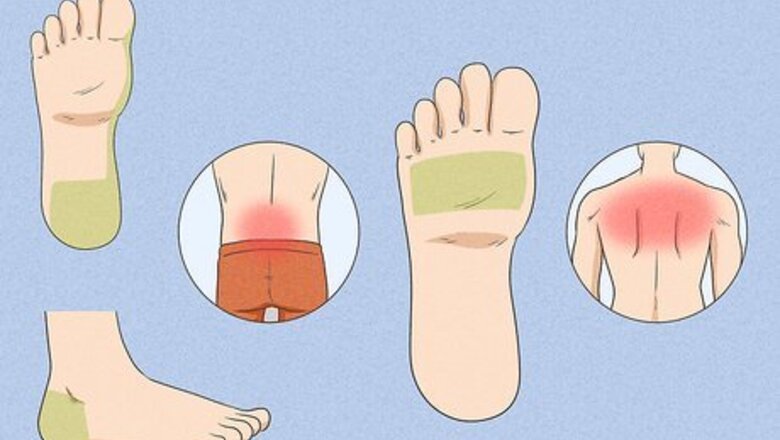
views
X
Trustworthy Source
PubMed Central
Journal archive from the U.S. National Institutes of Health
Go to source
[2]
X
Research source
Using the Foot Reflex Points
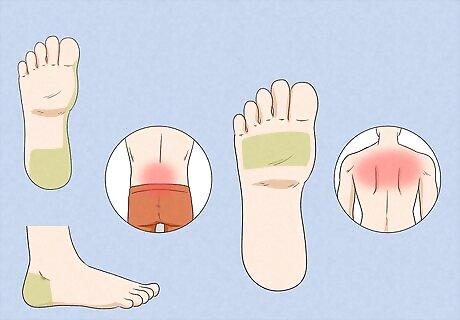
Treat the right area. You can treat lower back pain by applying pressure to the reflexes on the soles of your feet, the entire area around your heel and around your ankle, as well as the inner edge of each foot—the reflex points for your spine are located along the inside edges of your feet. You can treat upper back pain by applying reflexology to the reflex points for your shoulders and upper back, which are represented on the soles and tops of your feet just beneath the base of your toes. Reflexology is a specific training. It utilizes a microsystem like the bottom of the foot. There are charts to guide the practitioner in applying pressure. You should apply pressure to different body parts to stimulate a response in another part of the body.
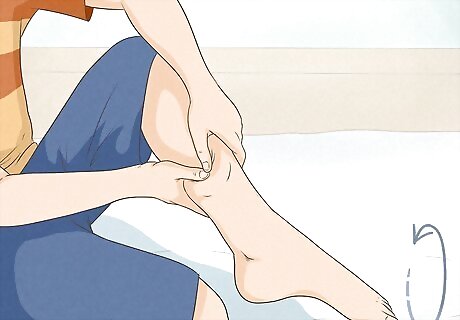
Massage your lower legs. A simple massage and ankle rotation can help prepare your legs for reflexology treatments. Use gentle but firm pressure and massage your calves, ankles, soles of your feet, and toes. Flex your foot forward and backward, and then rotate your foot to loosen up your ankle. Massage the lower arch-edge of your foot for 5-10 minutes. This area corresponds to your lumbar area and will help relieve general back pain.
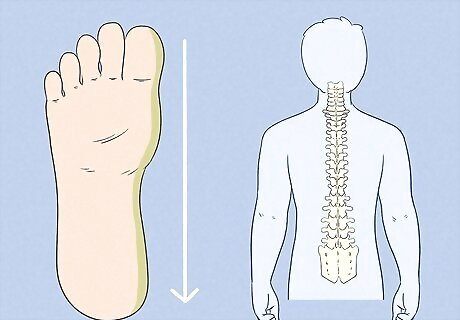
Direct your attention to your cervical spine. The spine reflex points follow the line of the inside edge of your foot; these reflex points are not on the sole of your foot. Support your right foot with your left hand and use your right thumb to work all of the spine reflexes that are located along the inside edge of your foot, from the tip of your big toe all the way to your ankle. Starting at your toe, press your thumb firmly into the skin and move slowly along the whole length of your foot so you are sure to press every reflex spot.
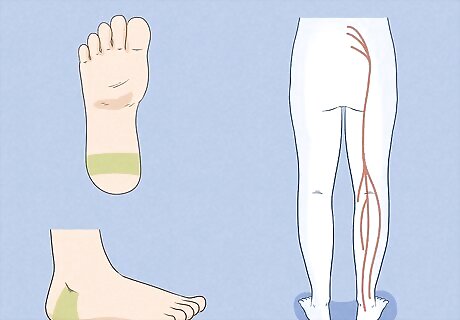
Work your sciatic nerve. The reflexes for the sciatic nerve are found just behind your ankle bone and continue up in a straight line for about 4" or 10 centimeter (3.9 in). Sciatica causes searing pain down the leg because the nerves are compressed, which can be triggered by a number of factors. Working the sciatic nerve reflex points will improve the blood supply to this area. Working the sciatic nerve reflexes every day for a few minutes is a great way to prevent a painful case of sciatica. Use your index finger and thumb to press gently on the area. Move your finger and thumb back and forth, bringing them together and then sliding them apart.
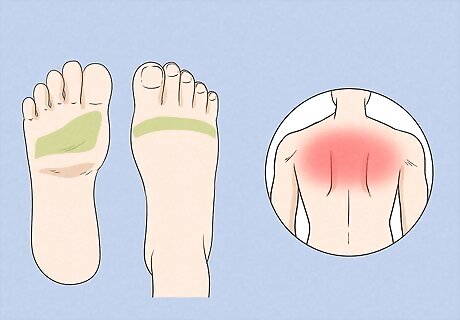
Take care of upper back pain by applying reflexology to the points that correspond to your upper back and shoulders. These points are located at the base of your toes, at the top and bottom of your feet. Apply pressure with your thumb to the area just beneath the base of your toes, first on the sole of your foot and then on the top of your foot. When you work the sole of your foot, you can also press your knuckles deeply into those reflexes. Use a lighter touch for the same reflex points located on the tops of your feet because that area is more bony and sensitive.
Using the Hand Reflex Points
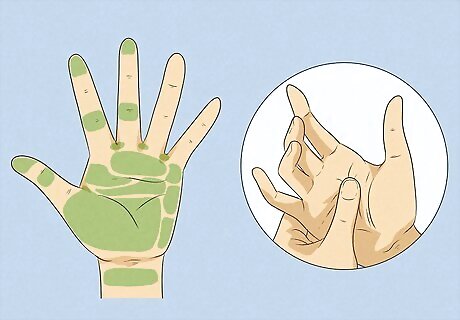
Use hand reflexology for convenience. Sometimes, you may not have time to take your shoes off and perform a full foot reflexology treatment. You can use hand reflexology instead. You can also use hand reflexology if your feet are injured or infected in any way.
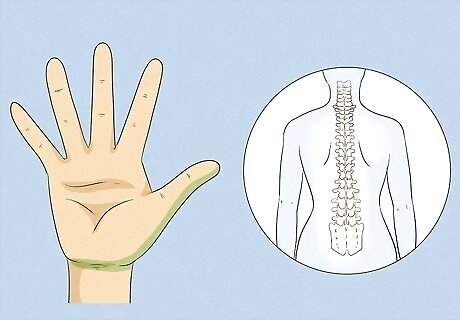
Contact the reflex points for your spine. You can do this by applying pressure with your thumb along the outside edge of your palm. Work on your right hand first and then switch to your left hand.
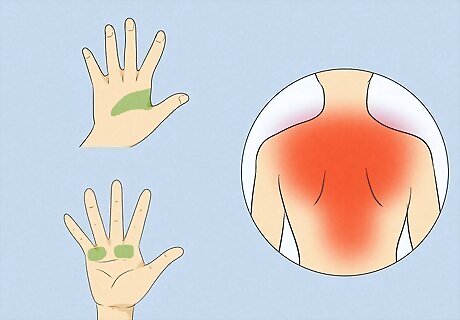
Work the reflexes that correspond with your shoulders and upper back. You can do this by applying pressure to the area just beneath your pinky and ring fingers on the top of your hand. On the palm of your hand, the area for your shoulders and upper back is located just beneath your pointer and middle fingers. There is also a reflex point for the upper back on your palm just below the base of your thumb, on the outside of your hand. Always work the reflex points on both hands; your left shoulder reflexes are at the base of your left pinky and your right shoulder reflexes are at the base of your right pinky.














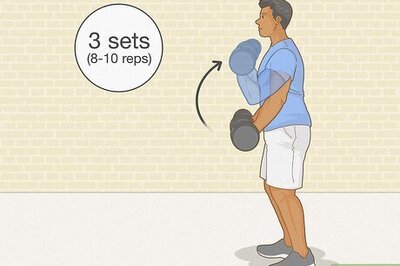
Comments
0 comment